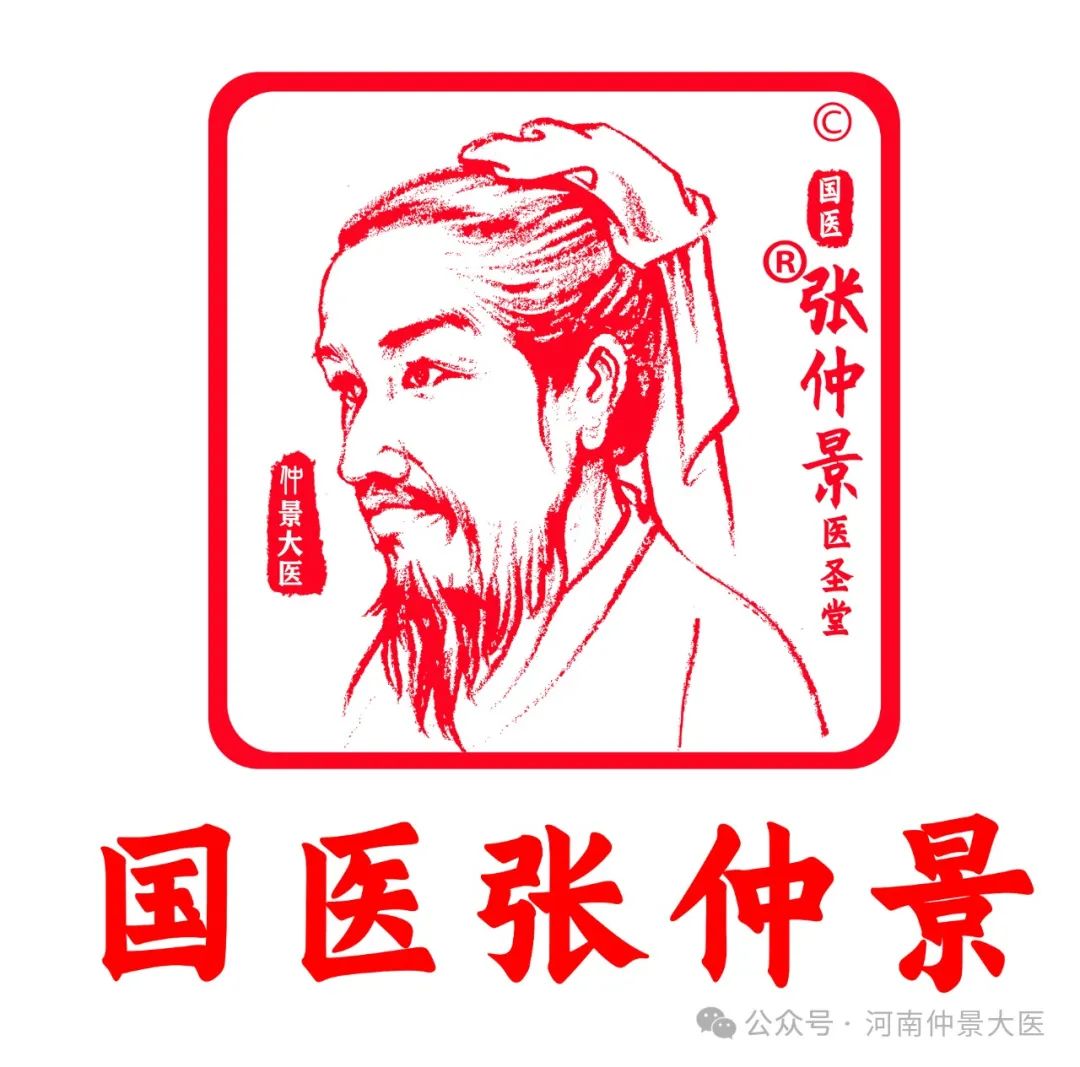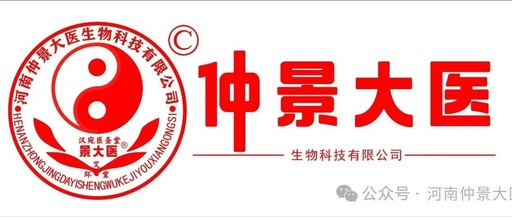
1. The true determinant of moxibustion effectiveness is: penetrating moxibustion!
In our daily practice, when we teach people to use moxibustion for treating diseases or regulating the body, we often provide a set of acupuncture points, sometimes specifying which point to use and for how many minutes. These are relatively objective quantitative standards.
However, if you mechanically follow these instructions without understanding, you may not achieve the perfect moxibustion effect.
Why is that?
Because these quantitative standards are superficial; the real determinant of whether a point changes during moxibustion and to what extent depends on whether the point is penetrated! For example, it’s like steaming buns; just having enough time is not enough; they must be thoroughly cooked.
Ancient texts have stated that “the effect of moxibustion is like the sound of a drum”; it is believed that moxibustion should produce immediate results. Clearly, this immediate effect must be based on the penetration of the acupuncture point; only with penetration can one feel the qi, have a sensation of moxibustion, and experience a disease expulsion response, thus achieving therapeutic effects.
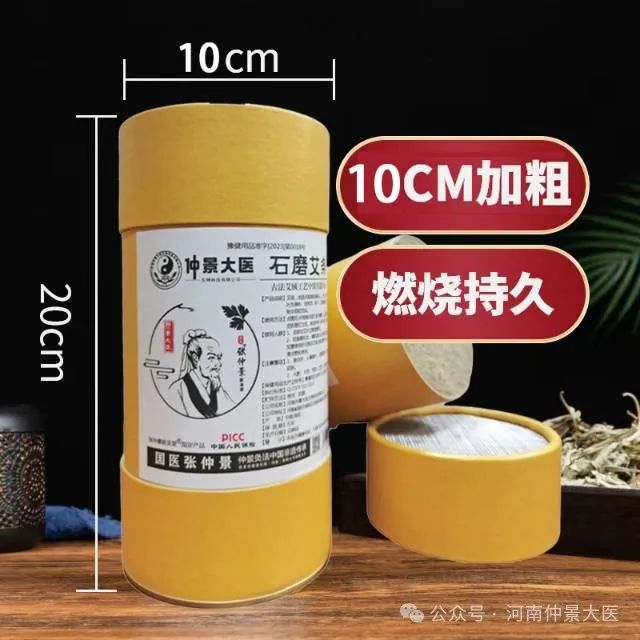
2. What does “penetrating moxibustion” mean?
To put it simply, “penetrating moxibustion” means that during moxibustion, the acupuncture point is in an “open” state. This allows the heat and medicinal properties of the moxa to penetrate through the acupuncture point and surrounding skin into the body, rather than just remaining on the skin’s surface.
The “Golden Mirror of Medicine” states: “For all diseases treated with moxibustion, the fire must be sufficient and the qi must reach the point before healing can be sought.” Thus, there are two important prerequisites for penetrating moxibustion: “sufficient fire” and “qi reaching the point”; “sufficient fire” means the moxibustion quantity is adequate, and “qi reaching the point” means the qi is effective.
In reality, many moxibustion practitioners believe that once the skin turns red, the acupuncture point has been penetrated, which is a serious misconception. If the meridians are severely blocked, the skin may be red, but the meridians are still not open.
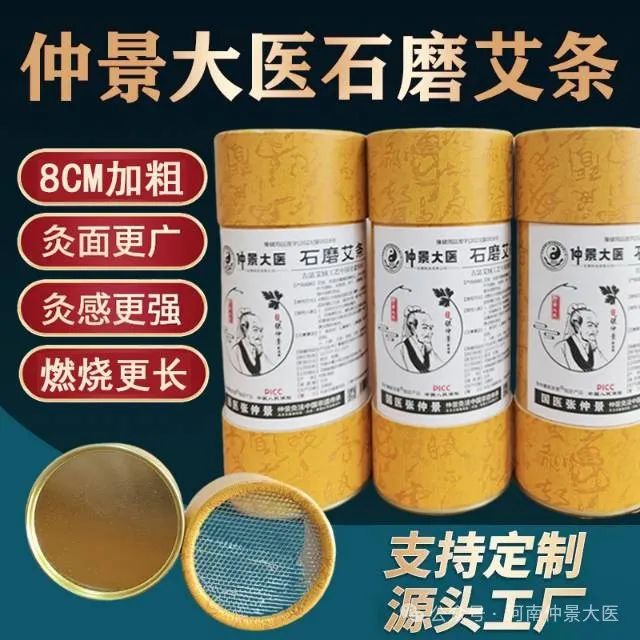
So, how do we achieve penetration?
Taking the most commonly used suspended moxibustion as an example, it is recommended to perform moxibustion at a distance of three to four finger widths from the skin, avoiding a burning sensation like grilling meat, because “strong fire consumes qi”; if it is too hot, it will deplete qi. It is sufficient to feel a warm sensation.
At the same time, both the practitioner and the recipient must be in harmony. The process of moxibustion is essentially a process of using fire to move qi; during the movement of qi, the mind is always present. Emotions such as joy, anger, worry, and fear are all manifestations of mental changes. Only with “unity of mind and spirit”—infusing mental energy into the moxibustion process—can the body better absorb the moxibustion quantity and be penetrated quickly. Conversely, if the mind is scattered, the treatment effect will be significantly reduced.
3. What does the sensation of penetration feel like?
The primary sensation can be summed up in one word: vitality! It is the feeling of “aliveness” that can be felt through the acupuncture points and the body—an energy change between yin and yang.
For example, before moxibustion, when touching the skin, muscles, tendons, and bones, one may feel stiffness, hardness, and coldness; after moxibustion, the sensation is completely different—the skin becomes elastic and soft, the tendons are relaxed, and the bones no longer feel rigid. In summary, the skin, muscles, tendons, and bones become a vibrant whole; when the hand touches the skin, the muscles and bones move in unison, unlike before moxibustion when only the skin moved while everything else felt lifeless.
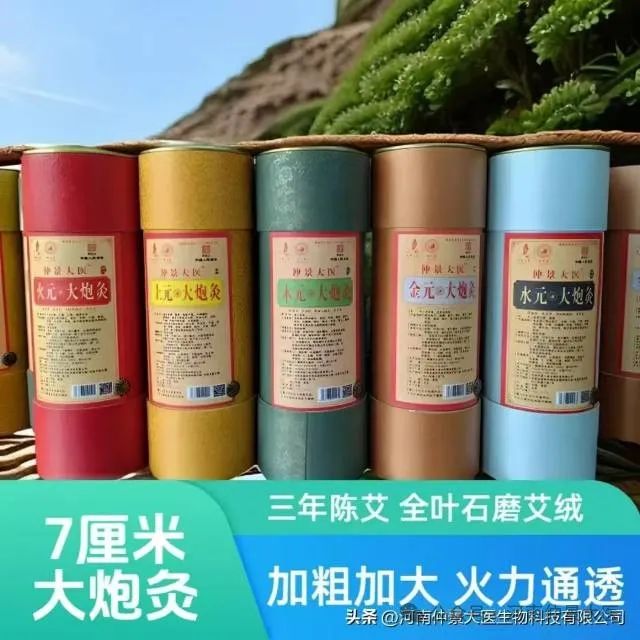
Typically, patients can feel changes on four levels:
(1) The first level: form, meaning the body regains its normal posture.
When the meridians are blocked, people often experience symptoms such as itchy skin, numbness in hands and feet, lower back pain, and joint pain. After moxibustion, superficial symptoms like itching, numbness, and pain are alleviated. This addresses the issue of “form”.
(2) The second level: quality, meaning the muscles become softer, more elastic, and the joints more flexible.
The ancient text “Bian Que Meets Duke Cai” mentions that diseases have varying depths; superficial diseases are easier to treat, while deeper ones are more difficult. Some patients with rheumatism, cold in the uterus, or severe blockages often experience coldness in the abdomen, joints, or even the entire lower limbs, indicating that the disease has reached the internal organs.
At this point, moxibustion can gradually penetrate from the surface to the interior, allowing the entire muscles and joints to be unblocked. This addresses the issue of “quality”.
(3) The third level: qi, meaning the qi has reached, and the entire body feels warm.
Ancient wisdom states: the key to moxibustion is that qi must reach for it to be effective. “Qi reaching” means: the surface is not hot, but the deeper layers are warm; local areas may not feel hot, but distant areas do (or there may be sensations of numbness, swelling, pain, or other non-skin-burning heat sensations). When moxibustion is applied to a certain area, if a sensation is transmitted from that area to another, it indicates that qi has reached.
A moxibustion practitioner once reported that every time she moxibusts Zu San Li (Stomach 36), she can feel a flow of “qi” moving along the acupuncture point, traveling up to the knee joint and down to the calf.
This “qi” is actually the sensation of moxibustion; it is like a warm current or electric flow moving within the body. Moxibustion has the ability to automatically locate the disease site and unblock the meridians; it will spontaneously transport the moxa heat to the areas of the body that need it.
However, the absence of sensation does not mean that the effort is in vain. There are both manifest and latent sensations; the “qi” sensation experienced by this practitioner is a manifest sensation, while if there is little feeling during moxibustion but the body improves afterward, it indicates that there was still a latent sensation, just not obvious or delayed.
(4) The fourth level: spirit, meaning the mind feels clear, and the practitioner feels comfortable overall.
In simple terms, after moxibustion, not only does the body feel relaxed, but the person feels rejuvenated, as if they have been reborn, full of energy, and may even develop a dependency on moxibustion, reaching a state of “not feeling well without moxibustion”.
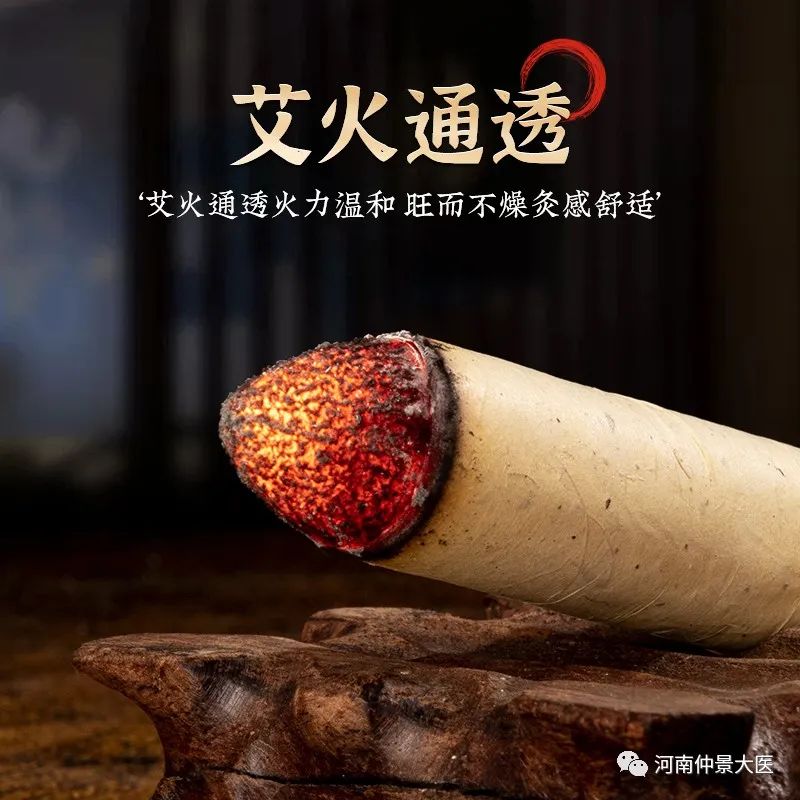
In summary, the changes in the body before and after moxibustion are akin to solid ice melting into liquid water; the original blockages and dampness, under the influence of moxibustion, have melted and warmed up. For instance, the skin becomes warm and moist, and there is a certain viscosity between the muscles, indicating that penetration has occurred.
Of course, penetration is not limited to this; sometimes, pressing on the skin may cause pain, indicating blockage. If after moxibustion the pain decreases or disappears, it also indicates penetration.
4. How long should moxibustion be performed?
This question cannot be precisely answered even by the most professional TCM experts. Generally, based on individual conditions, health status, and moxibustion equipment, we can provide the following objective standards.
1. Main points should be treated longer, while auxiliary points shorter.
Each moxibustion session involves main and auxiliary points, with more time allocated to the main points. For example, for lower back pain, one can moxibust Shen Shu (Kidney 3) and Wei Zhong (Bladder 40), with Shen Shu as the main point for 30 minutes to 1 hour, while Wei Zhong as the auxiliary point for 10 minutes.
2. Longer time for the lower back and abdomen, shorter for the limbs.
This is also a common situation; points on the lower back and abdomen are treated for longer, while points on the limbs are treated for shorter durations. However, if good sensations are achieved at the limb points during moxibustion, the time can be extended.
3. Longer time for chronic diseases, shorter for health maintenance.
If there is a disease, the time must be longer; if it is merely for improving constitution or adjusting the body, the time can be shorter.
4. Longer time for indirect moxibustion, shorter for direct moxibustion.
When using moxa sticks, there are generally two types: indirect and direct moxibustion.
Indirect moxibustion includes: ginger moxibustion, garlic moxibustion, suspended moxibustion, moxibustion with jars, smoke moxibustion, and portable moxibustion boxes.
Direct moxibustion includes: suppurative moxibustion, scar moxibustion, blistering moxibustion, skin moxibustion, and self-adhesive direct moxibustion.
Different moxibustion methods and equipment require different times. Generally, indirect moxibustion takes longer, while direct moxibustion takes shorter.
